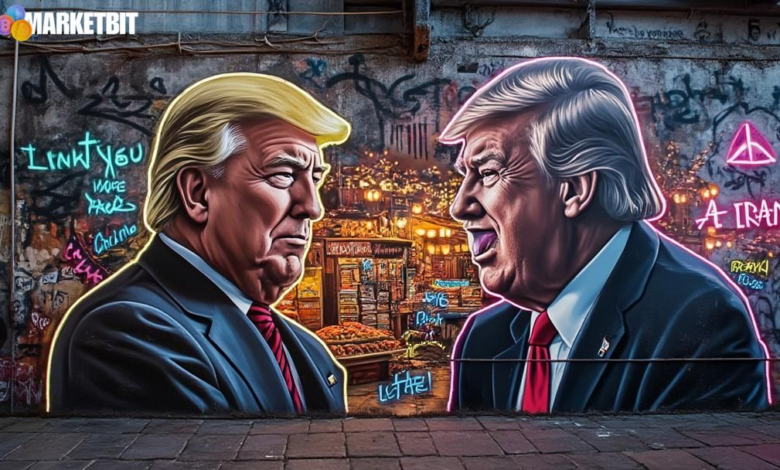Iran and Israel Reach Ceasefire: Implications for Crypto Markets

- Main event, leadership changes, market impact, financial shifts, or expert insights.
- Trump announces ceasefire after 12-day conflict.
- No immediate effects on crypto markets.
Main Content
Iran and Israel have reached a ceasefire agreement, announced by U.S. President Donald Trump on June 23, 2025, during a televised briefing.
The ceasefire between Iran and Israel could stabilize Middle East relations, with historical trends suggesting limited short-term crypto market volatility.
U.S. President Donald Trump announced a ceasefire between Iran and Israel following a 12-day conflict. This development follows U.S. airstrikes on Iranian nuclear sites, a move seen as pivotal in negotiating this truce.
Key figures involved include Iranian Supreme National Security Council’s Ali Akbar Ahmadian, and Israeli Prime Minister Benjamin Netanyahu. Ahmadian highlighted symbolic missile retaliations, prompting reflection on their implications:
“Iran fired one missile at al Udeid Airbase for each bomb that the United States dropped on Iranian nuclear facilities on June 21.”
Meanwhile, Netanyahu, emphasized dismantling Iranian nuclear capabilities.
Though the ceasefire does not appear to have direct crypto market impact, historical precedents suggest potential market shifts. No official data yet indicates changes in cryptocurrency flows or pricing.
Geopolitical events like the Iran-Israel ceasefire often prompt temporary shifts in global markets, including crypto as a hedge. Expectations are for continued monitoring to assess longer-term volatility or stabilization trends. Further updates are anticipated from governmental and market entities.
Prime Minister Netanyahu’s pledge to halt Israel’s campaign if Iran’s nuclear program ceases could alter regional dynamics. The G7’s call for de-escalation further reinforces this diplomatic pressure, although crypto institutions remain largely unaffected for now.
Increased geopolitical stability may spark incremental economic activity. Markets typically reflect such assurances with gradual recoveries or stabilization, impacting various financial sectors, including digital assets, albeit inconsistently across similar historical occurrences.




